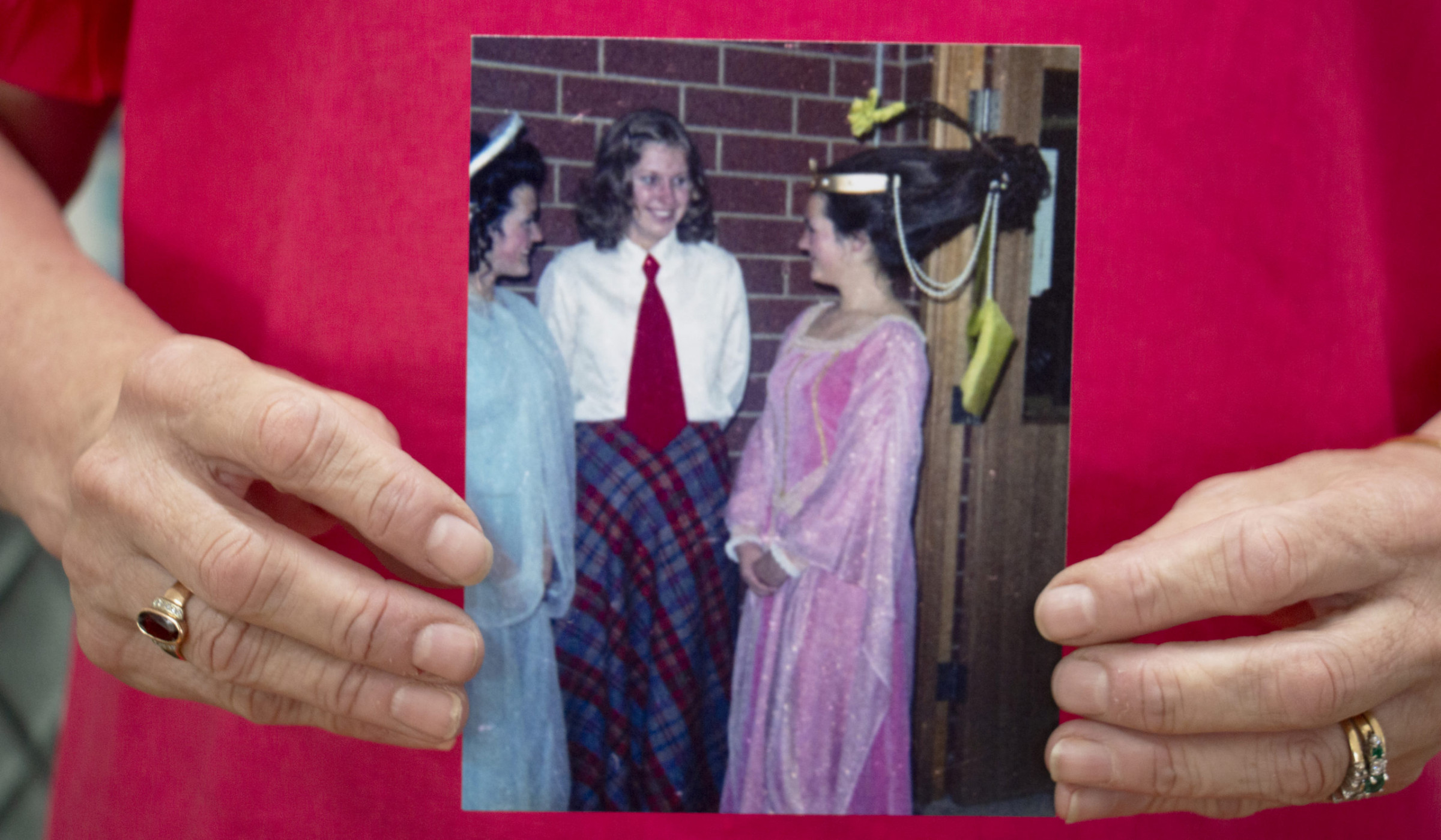In the '60s, Elizabeth Beevor doggedly pursued a career in the cutthroat, male-dominated industry of barbering. Last year, she hung up her razor after 52 years. She speaks with CityMag about her trailblazing career and the power of perseverance.
How Elizabeth Beevor took on the 20th century barbering industry
Elizabeth Beevor drags a shaving razor across a brown leather strap. Her fingers, long and slender, are adorned with jewelled gold and silver rings. But they also bear the mark of years of hard work. Her skin is lightly calloused and rough around the edges.
Elizabeth Beevor retired last year after 52 years.
Liz’s hands are the key to her success. As a hairdresser and barber for 52 years, they wielded many sharp and shiny objects. She drew these instruments across the necks of some of Australia’s most prominent athletes and cultural icons.
In addition to the nicks and cuts, her hands have been slathered in acidic solutions, such as peroxide dyes and perm lotions rich with ammonia. The damage wrought by these products changed the direction of Elizabeth’s career.
“I was afflicted with contact dermatitis, so my hands were completely destroyed,” Liz says.
“I went to a dermatologist and they’d said to give up your career. Well, partway through a hairdressing apprenticeship, I thought, ‘What else was I going to do?’ You’d just wear cream and cotton gloves every night.
“Slept like that. Went to work. Re-did it. Kept going for years. But that’s when I thought, ‘Well, I’ve got to stop this. I can’t keep doing it’.”
Liz’s love of hairdressing began in 1967, when she would trim the nape of her dad’s neck and with old hand clippers.
Sporting a chic silver bob, Liz laughs as she reflects on this moment 55 years later. “I probably didn’t do a good job,” she says. “But he asked for me again.”
A year later, at age 14, she got her first hairdressing gig at a lady’s salon, doing grunt work: shampooing and sweeping up hair.
In 1969, she left high school to formally start her five-year hairdressing apprenticeship.

A young Liz (middle) observing her completed work as part of her hairdressing studies
The contact dermatitis, which is a condition where your skin is sensitive to certain chemicals, emerged halfway through her apprenticeship. Dejected, Liz saw an advertisement in the paper for a barbering course and thought she’d give it a go.
“It was very nerve-wracking,” she says.
“[The barbers] were all top in their profession, and in walks me in a smart uniform. I’d never even seen a crew cut been done. I used to have to shave my legs with an open blade razor – and you made damn sure you didn’t cut yourself.”
Female barbers were rare at this time. A 1984 article, published in South Australian Magazine, highlighted the 20-something Liz as an industry anomaly.
The reporter wrote that when Liz wold tell people she was a barber, it would “Usually bring a reaction – at the very least a raised eyebrow; sometimes, a disbelieving grin”.

Liz shaving up a storm in 1986
Liz’s rarity in the barbering industry was underscored further in the way the journalist describes her.
Though she is “very attractive”, the article states, her “brisk manner” would set the tone of a “business relationship”. In the mid-‘80s, it seems, good-looking women (or perhaps women in general) weren’t understood to be inherently professional.
The article also says Liz stood her ground when clients attempted to woo her, and it described there being no “smutty magazines” or “kinky calendars” within the salon.
Liz says her place within the world of barbering, which she describes as, at that time, a boy’s club, was groundbreaking “even 10 years ago”.
Despite needing no help and successfully cutting the hair of military personnel at the Royal Australian Air Force in Edinburgh, in the state’s north, from 1981—1982, her dad acted as a go-between.
After opening her first salon, Highgate Barbershop, in the mid-‘80s, Liz’s dad would encourage the local war veterans inside with a “g’day” and “how are you?”
Her old man was a buffer; his welcome being a social lubricant that allowed the men to feel it would be ok to be groomed by a female.
Local priests were also offered free cuts and shaves, which helped bridge the two worlds, Liz says.

Liz’s safe place
After half a century of hair cuts, Liz retired at the end of last year.
While it was an exciting career, being a barber has been hard on her body. Liz’s husband, John, interjects to say he often had to inject cortisone into his wife’s neck and shoulders at the end of a shift to alleviate the stress collected in his wife’s muscles.
“That’s been an ongoing area of pain, in the shoulders,” he says.
Liz is looking forward to giving her body a break, and to having more time for herself. She wants to travel around Australia, and walk on the beach as much as possible.
Reflecting on her 52-year career, she won’t be drawn on who her favourite customers are, except to say those who’ve “been coming for 30 years to Hair Tavern, my later salon”.
“They’ve got to be [my favourites],” she says. “One customer used to come in with his father and his son, so it was three generations. I tended to sports stars, sports commentators.”
Liz is humble, too. Though we see it as an apt descriptor, she doesn’t see herself as a trailblazer. She simply wanted to offer a professional service.
The secret to a five-star trim, she says, is remembering the tiny details of the people you’re tending to. This means remembering the name of your clients’ kids, the model of new car they purchased – their story.
Though sometimes mistakes are made (“Sometimes you can stick your foot in it and go, ‘Whoops, sorry!”), clients who are shown respect will show grace in return.
And they’ll keep coming back, maybe for 52 years.








